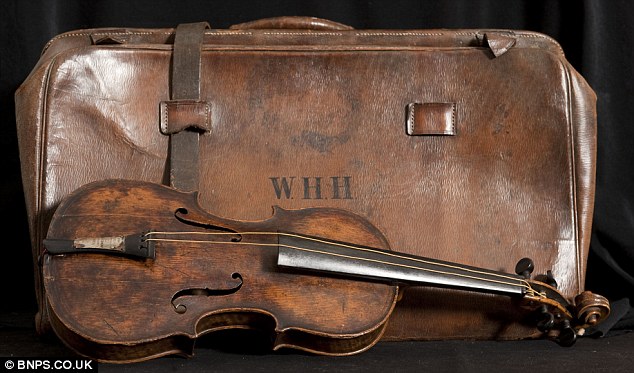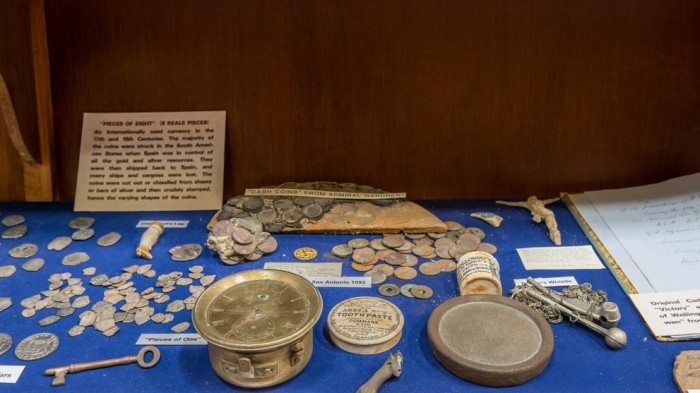Museum Week is an international online event that is running from 19th to 25th June 2017. Organised in collaboration with UNESCO, the Museum Week is a chance for heritage institions across the world to share and talk about our passion for heritage with the public through social media. This year we are celebrating equality by dedicating the Museum Week to all women in the world.
The Maritime Archaeology Trust will be sharing with you our take on Museum Week. In collaboration with the Shipwreck Centre and Maritime Museum on the Isle of Wight we will be looking through their collections and bring you artefacts and histories that are linked in with the theme of the day.
Wednesday’s Museum Week theme is MUSIC!

Musical instruments found during the excavation of the Mary Rose. Images credits: Mary Rose Museum [Source: http://www.maryrose.org/discover-our-collection/her-crew/life-on-board/]
Music has always been an important aspect in seafaring. Musical instruments were used by the crew for entertainment, but also for keeping pace when rowing and calling for action. When excavating the Mary Rose archaeologist discovered a number of musical instruments in the crew belongings on the orlop deck. These included tabor pipes, a tabor/drum and the earliest example of a shawm which is an early form of oboe. Famously during the sinking of the Titanic, records state that the band was playing on deck while the ship was sinking to help keep the passengers calm.

Wallace Hartley’s violin. He was one of the band members on the Titanic. Image credit: BNPS.co.uk [Source: http://www.dailymail.co.uk/news/article-2293232/Water-stained-violin-proven-played-brave-bandmaster-Titanic-sank.html]
Although it is not a musical instrument as such, the Bosun’s whistle has a long history in the seafaring world. For example, it is thought that the Roman’s used a type of whistle to keep the rowers in pace on their war ships. The whistle is commonly used in the Navy. It is used to attract the attention of the crew before handing out orders. Different calls have different meanings and sometimes just the whistle call itself is enough to deliver the message, such as the “Carry On” command.

Examples of the Bosun’s Whistle can be found at the Shipwreck Centre. The whistles are located in the bottom right hand corner of the picture. Image credits: The Shipwreck Centre and Maritime Museum [Source: https://photos.google.com/share/AF1QipNGxx3z33Z8ji16TBFJCoqpIbaSu3dwQsMrGIx99WACfB8hJnVfJ8a9kHFcHsvSSQ?key=YUhSYzBQdFZIWGM3TFNUclJlXzNCSDhCUU0yZ09n]
Of course, the use of musical instruments was not always necessary in order to make music. Sea shantys were commonly sung by the crew while working on board the ship. It helped keep the crew’s morale up while completing tedious tasks.